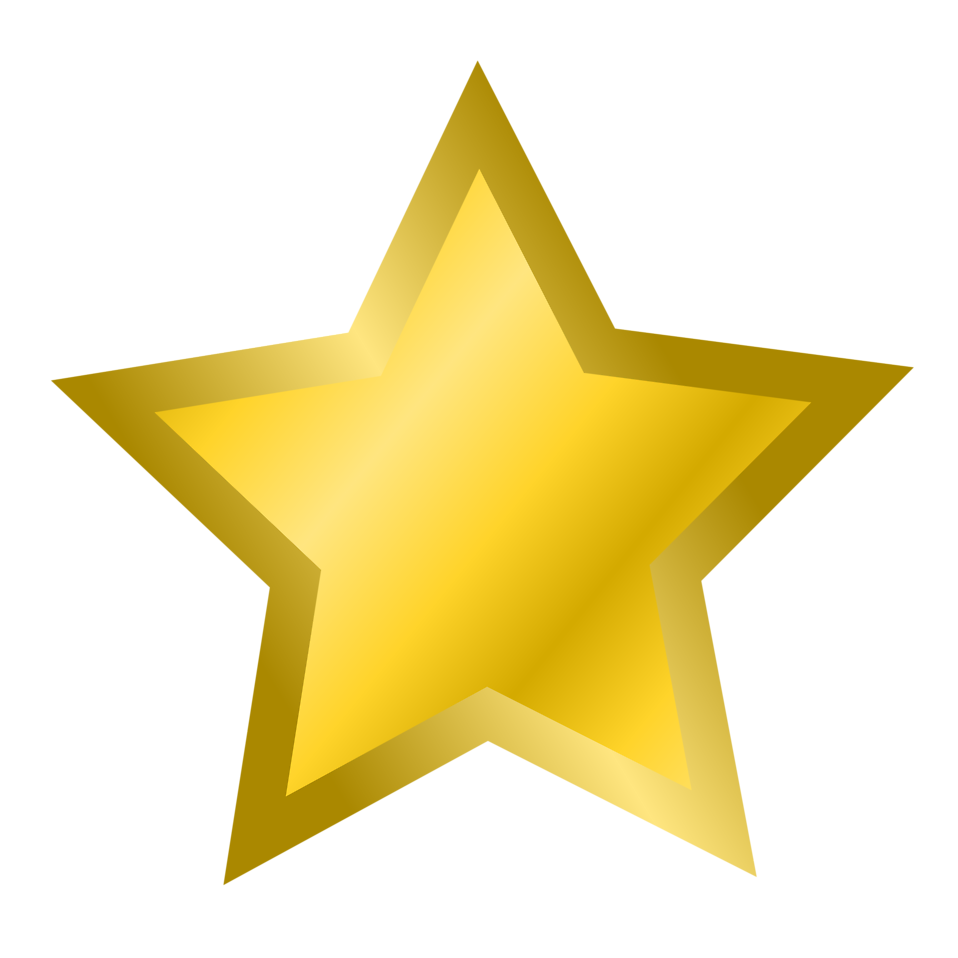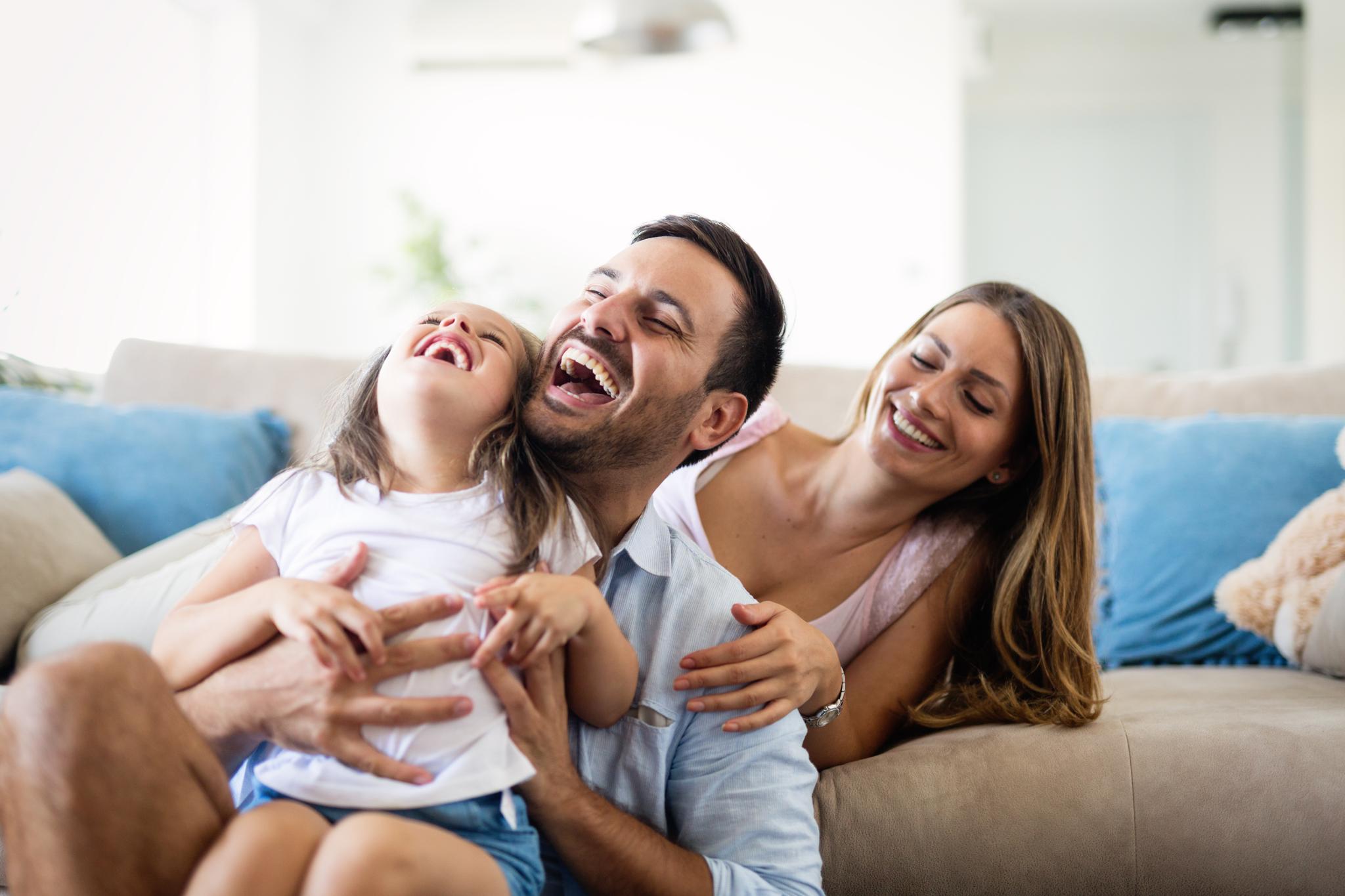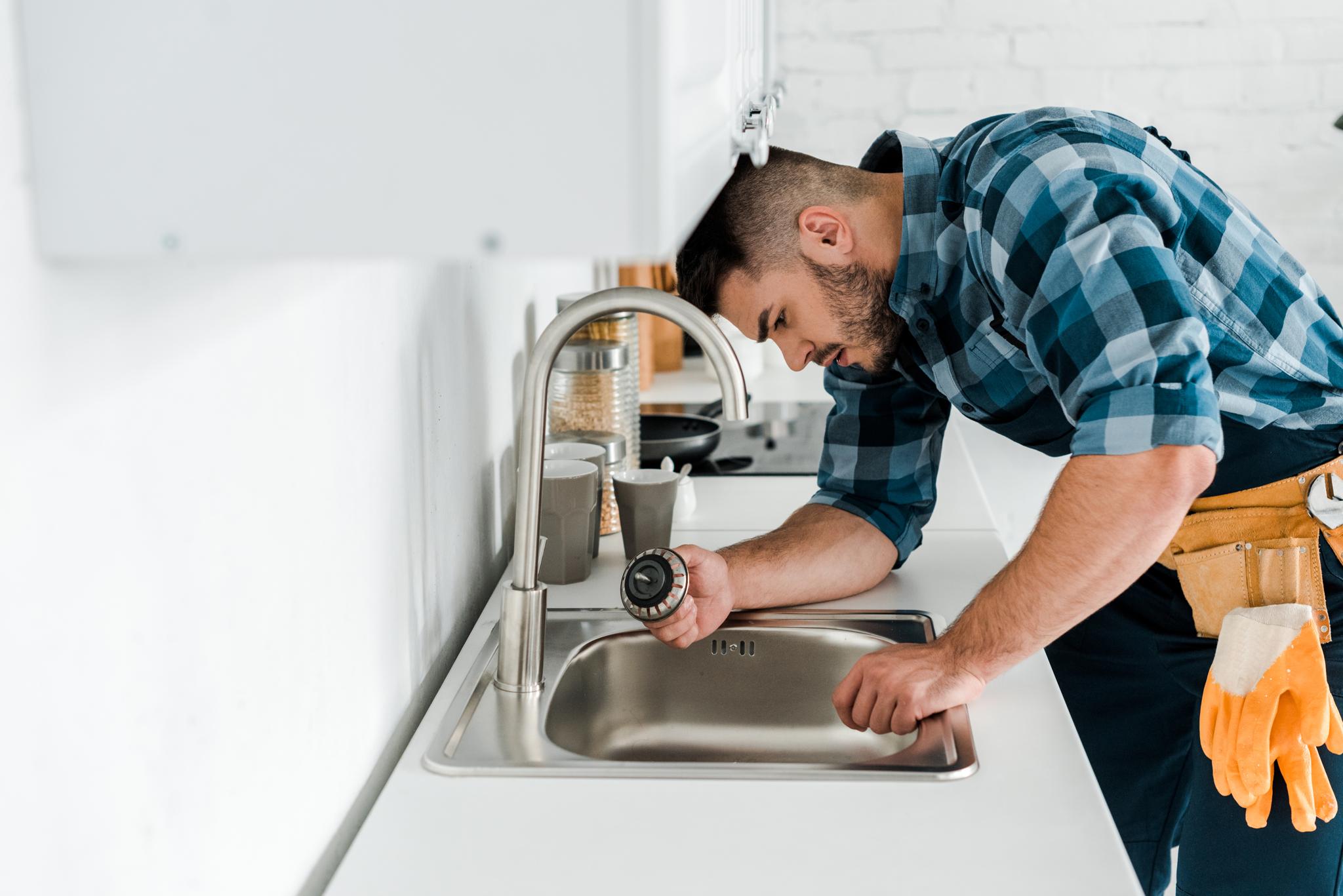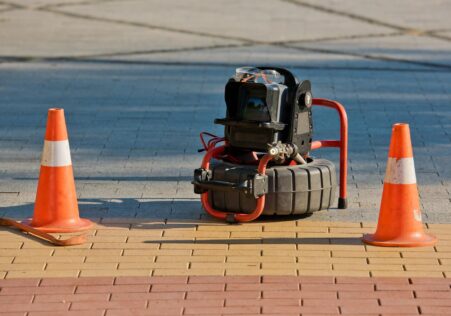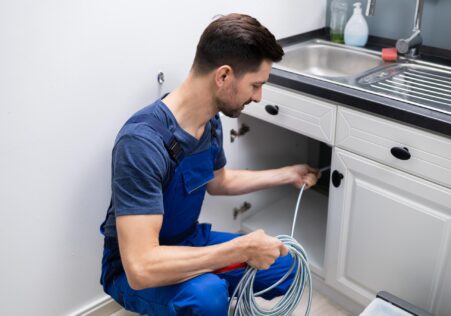How to Choose the Right Pipe Relining Material for Your Home

Making sure your plumbing is in good condition is important, but the pipes can wear out in time. The usual method of replacing them involves digging into and removing old pipes. This process can be messy and costly. However, pipe relining can be an alternative that is better, more cost-effective and practical alternative.
Key Takeaways
- The process of relining pipes is a low-cost alternative to traditional replacement of pipes methods.
- Selecting the correct pipe relining material is crucial to ensure longevity and effectiveness
- Considerations when choosing materials for pipe relining are the conditions, flow capacity, durability, costs, and maintenance
- Different types of pipe relining materials include Cured in-Place-Pipe (CIPP), Fiberglass Pipe Lining, and Cast Iron Pipe Lining.
- Relining pipes results in a new "pipe inside a pipe" which can restore full functionality without the removal of the existing pipes.
With so many materials for pipe relining It is essential to select the most appropriate one. This guide will help you understand what you need to think about when selecting the right pipe relining material that will meet your requirements and budget.
What is Pipe Relining?
Before we dive into how to choose the right pipe relining material, let’s quickly explain what it is.
Pipe relining is an operation which involves the installation of an epoxy liner in damaged or degraded sewer lines water mains or any other underground piping systems preventing leaks and root infiltration. It essentially creates a new "pipe within an existing pipe" that assists in restoring full functionality without requiring the removal of existing pipes.
The advantages of pipe relining include:
- Minimizes excavation works
- Reduces costs related to traditional methods
- It’s less messy than excavation
Although there are numerous benefits, choosing the correct material to line your home is vital in terms of effectiveness and longevity.
Things to Consider When Choosing Pipe Relining Materials
- The environment: One of the vital aspects to be aware of when selecting the pipe lining material you choose should be your environment. The external environment determines the strength of the liner and will not be impacted by impacts such as chemicals and humid conditions, among others.
- Capacity for Flow: It is believed that the term "flow capacity" refer to the volume of liquid which flows easily throughout your plumbing after installing new liners.
- Durability: Durability is a measure to determine how long it will last against difficult environments such as excess water levels, chemical substances and other conditions that are harsh.
Costs
Additional Information
- When to Schedule a Professional Drain Cleaning Service
- Top Reasons to Avoid DIY Drain Unblocking
- Unblocking Blocked Drains: How to Choose Between DIY or Professional Services
- Recovering from Blocked Drains: How to Choose between Pipe Relining and Replacement
- DIY Methods for Clearing Blocked Drains at Home
- The Top Causes of Blocked Drains You Need to Know
- The Benefits of CCTV Drain Inspection: Beyond Unclogging Pipes
- How CCTV Drain Inspection Helps in Saving Time and Money on Plumbing Repairs?
- Prevent Expensive Repairs with Regular Drain Maintenance
- Easy and Safe Ways to Get Rid of a Stubborn Shower Drain Blockage

